Key Methods of Heat Transfer Worksheet
Worksheets are an invaluable tool for educators and students alike to reinforce learning and practice essential skills. And when it comes to understanding the different methods of heat transfer, having a well-designed worksheet can make all the difference.
Table of Images 👆
More Other Worksheets
Kindergarten Worksheet My RoomSpanish Verb Worksheets
Cooking Vocabulary Worksheet
DNA Code Worksheet
Meiosis Worksheet Answer Key
Art Handouts and Worksheets
7 Elements of Art Worksheets
All Amendment Worksheet
Symmetry Art Worksheets
Daily Meal Planning Worksheet
What is conduction?
Conduction is a mode of heat transfer where heat flows through a material or between materials that are in direct contact with each other. It occurs due to the collision of particles within a material or between materials, transferring thermal energy from a higher temperature region to a lower temperature region.
How does conduction transfer heat?
Conduction transfers heat through direct contact between particles of a material. When one end of a material is heated, the particles gain kinetic energy and vibrate more rapidly, colliding with neighboring particles and transferring energy to them. This causes the neighboring particles to also vibrate more rapidly, continuing the process of heat transfer through the material. Materials with higher thermal conductivity transfer heat more efficiently through conduction due to the ability of particles to transfer energy more effectively.
What are some examples of conduction?
A few examples of conduction include a metal spoon heating up when placed in a hot cup of coffee, a person feeling the warmth of a heated seat in a car, and the transfer of heat from a stove burner to a cooking pot.
What is convection?
Convection is the process of heat transfer through the movement of a fluid (gas or liquid) due to differences in temperature. As the fluid is heated, it becomes less dense and rises, while cooler, denser fluid moves in to take its place. This creates a cycle of movement that helps distribute heat throughout a space, such as in a room with a heating vent or a pot of boiling water.
How does convection transfer heat?
Convection transfers heat by the movement of fluids such as air or water. As these fluids are heated, their molecules gain energy and move faster, becoming less dense and rising. This creates a flow of hotter fluid upwards, while the cooler, denser fluid moves downwards to replace it. This continuous circulation allows heat to be transferred from the source to other areas, making convection an efficient method of heat transfer.
What are some examples of convection?
Some examples of convection include boiling water where heat is transferred from the bottom of the pot to the top, warm air rising and cool air sinking which creates wind currents, and the circulation of hot air in a room when a heater is turned on.
What is radiation?
Radiation is energy that is emitted in the form of waves or particles from a source, such as the sun or radioactive materials. It can be ionizing, which means it has enough energy to remove electrons from atoms and molecules, potentially causing damage to tissues and DNA, or non-ionizing, which is lower energy and less harmful to living organisms.
How does radiation transfer heat?
Radiation transfers heat through electromagnetic waves that carry energy away from a hotter object to a cooler one. This process does not require a medium for heat transfer, as the energy is emitted in the form of electromagnetic radiation such as infrared light. When the electromagnetic waves are absorbed by an object, they cause the atoms and molecules in that object to vibrate, increasing their kinetic energy and raising the object's temperature.
What are some examples of radiation?
Some examples of radiation include sunlight (solar radiation), X-rays, gamma rays, and radio waves. Other sources of radiation can come from radioactive elements such as uranium and radon gas. Additionally, nuclear reactions and medical imaging techniques like CT scans and MRIs also involve radiation.
How do these three methods of heat transfer differ from each other?
Conduction is the transfer of heat through direct contact between particles or objects, such as a metal spoon getting hot when placed in a hot liquid. Convection is the transfer of heat through the movement of a fluid or gas, like warm air rising and cool air sinking in a room. Radiation is the transfer of heat in the form of electromagnetic waves, such as the sun heating the Earth through space. These methods differ in how heat is transferred - conduction through direct contact, convection through fluid movement, and radiation through electromagnetic waves.
Have something to share?
Who is Worksheeto?
At Worksheeto, we are committed to delivering an extensive and varied portfolio of superior quality worksheets, designed to address the educational demands of students, educators, and parents.

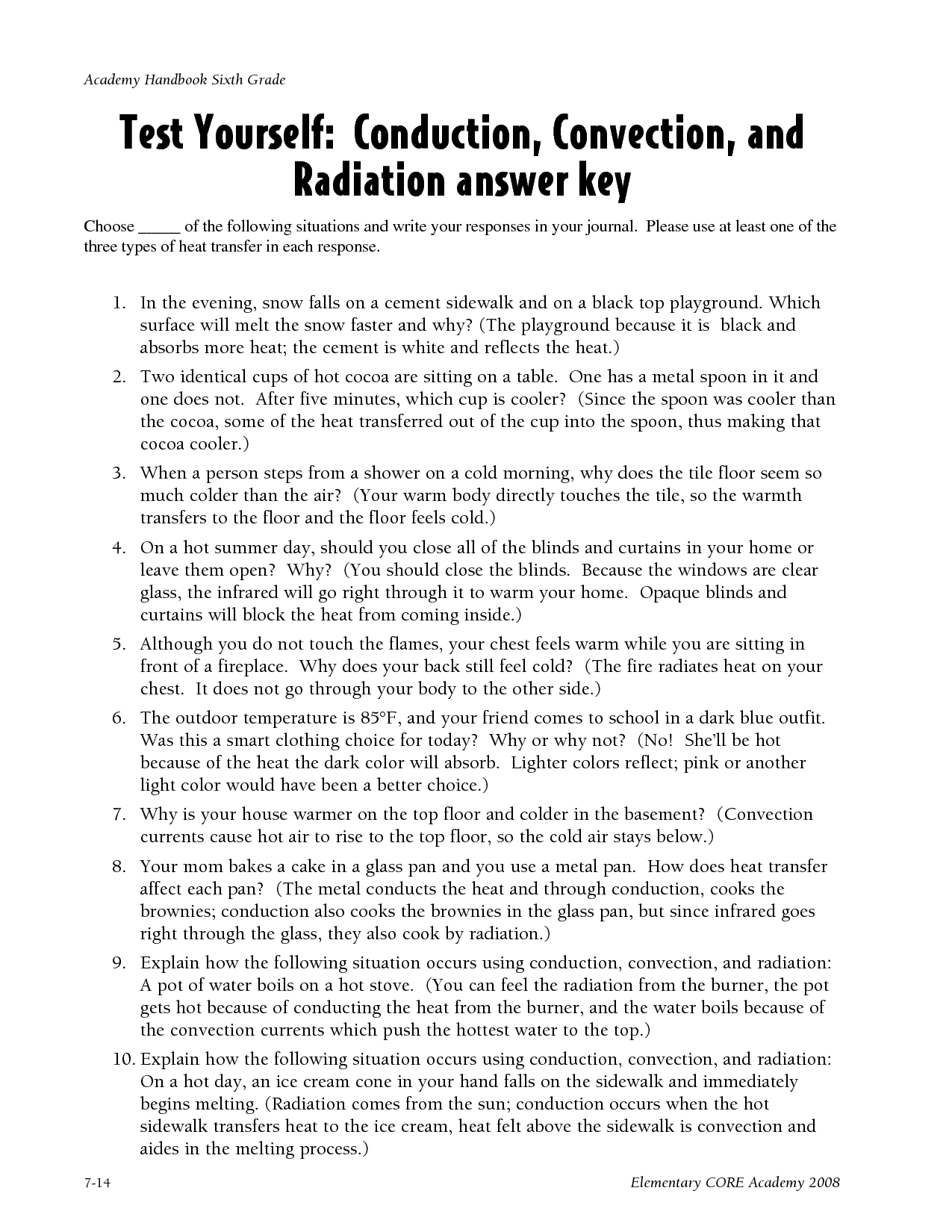





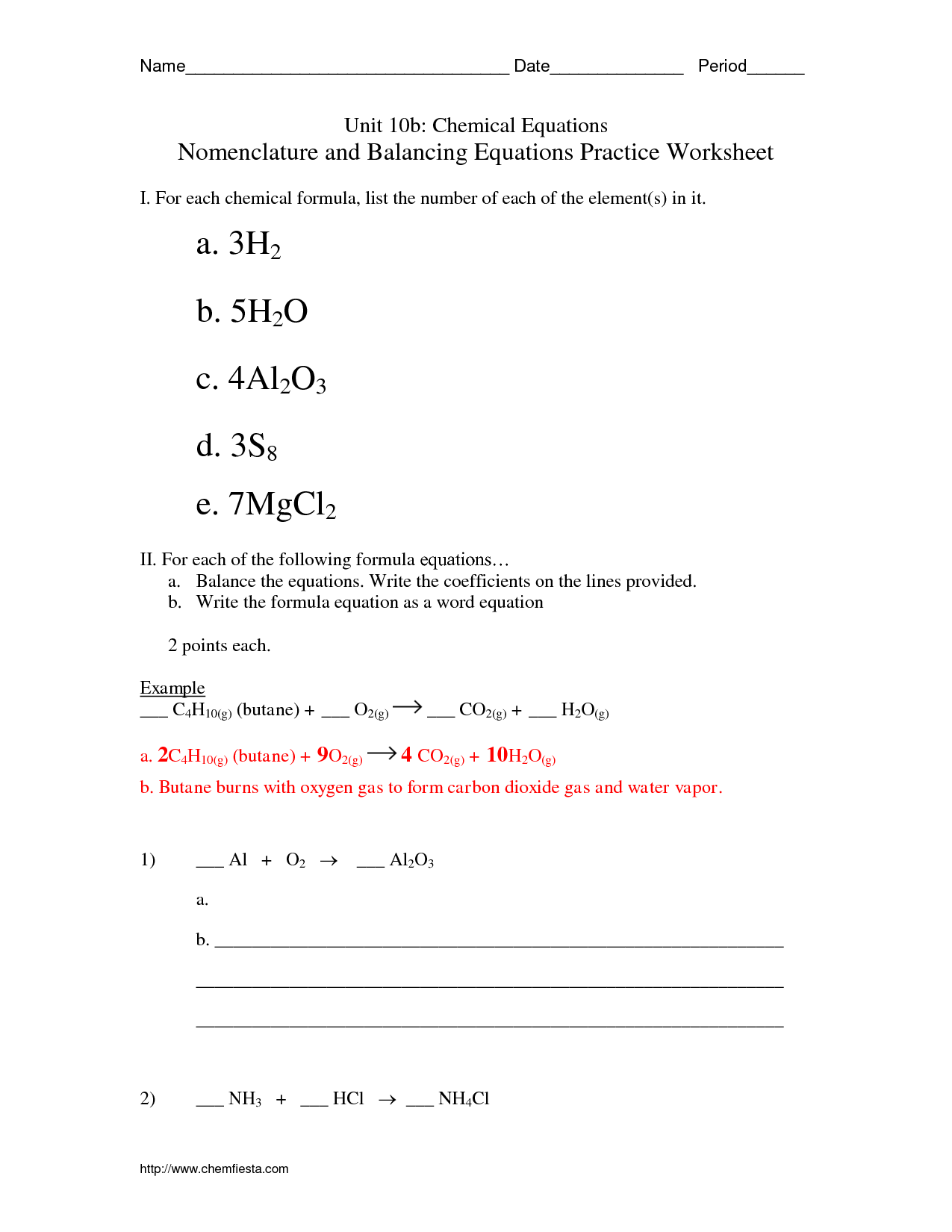
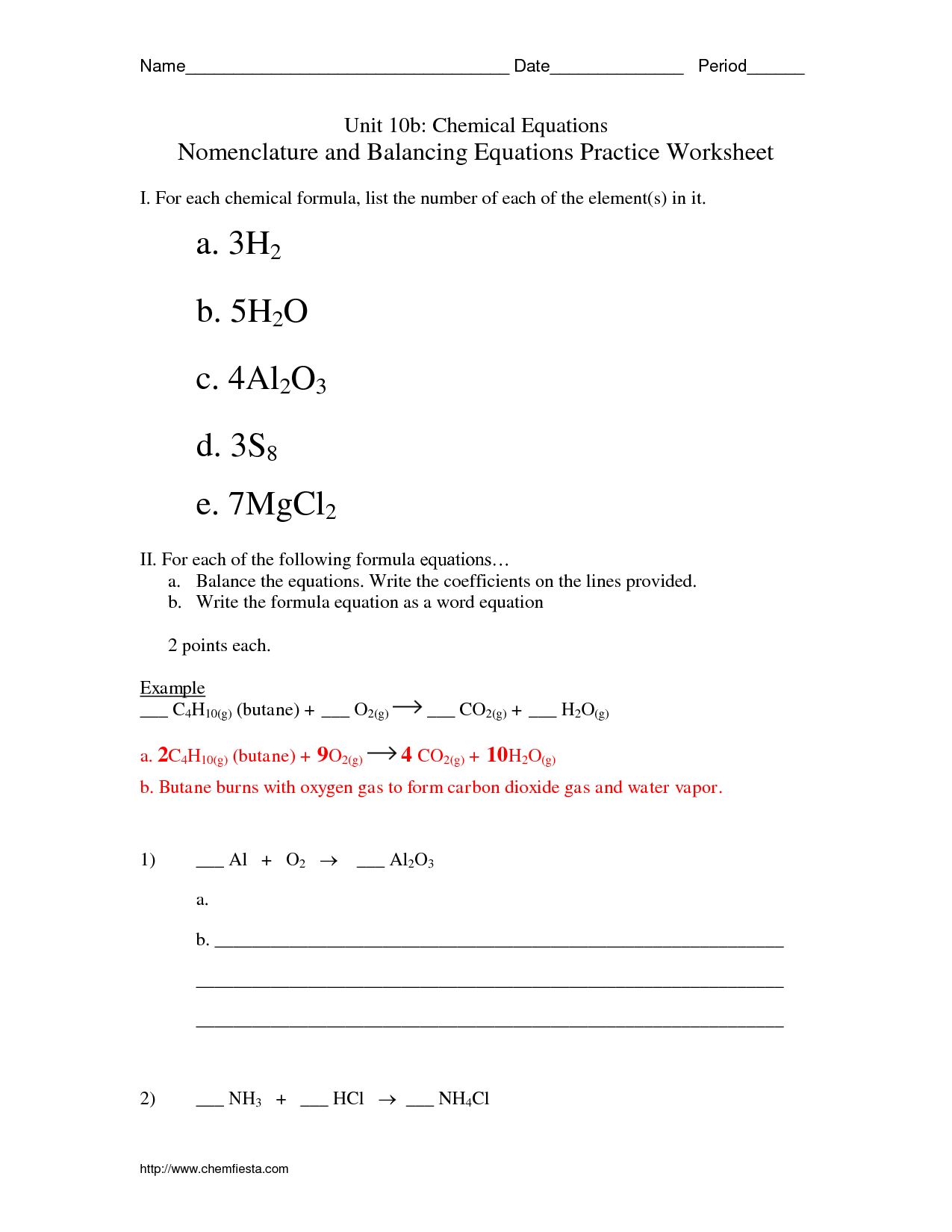
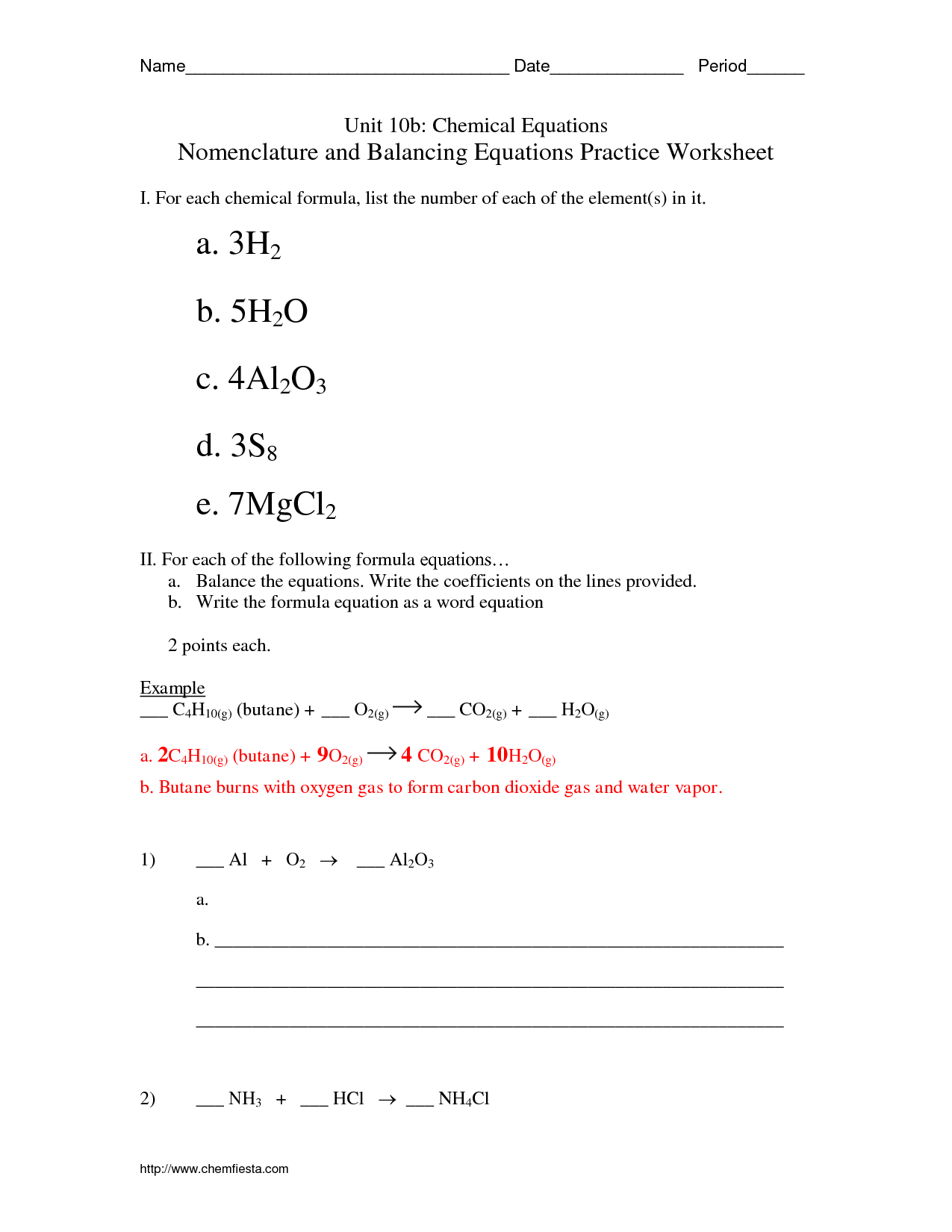
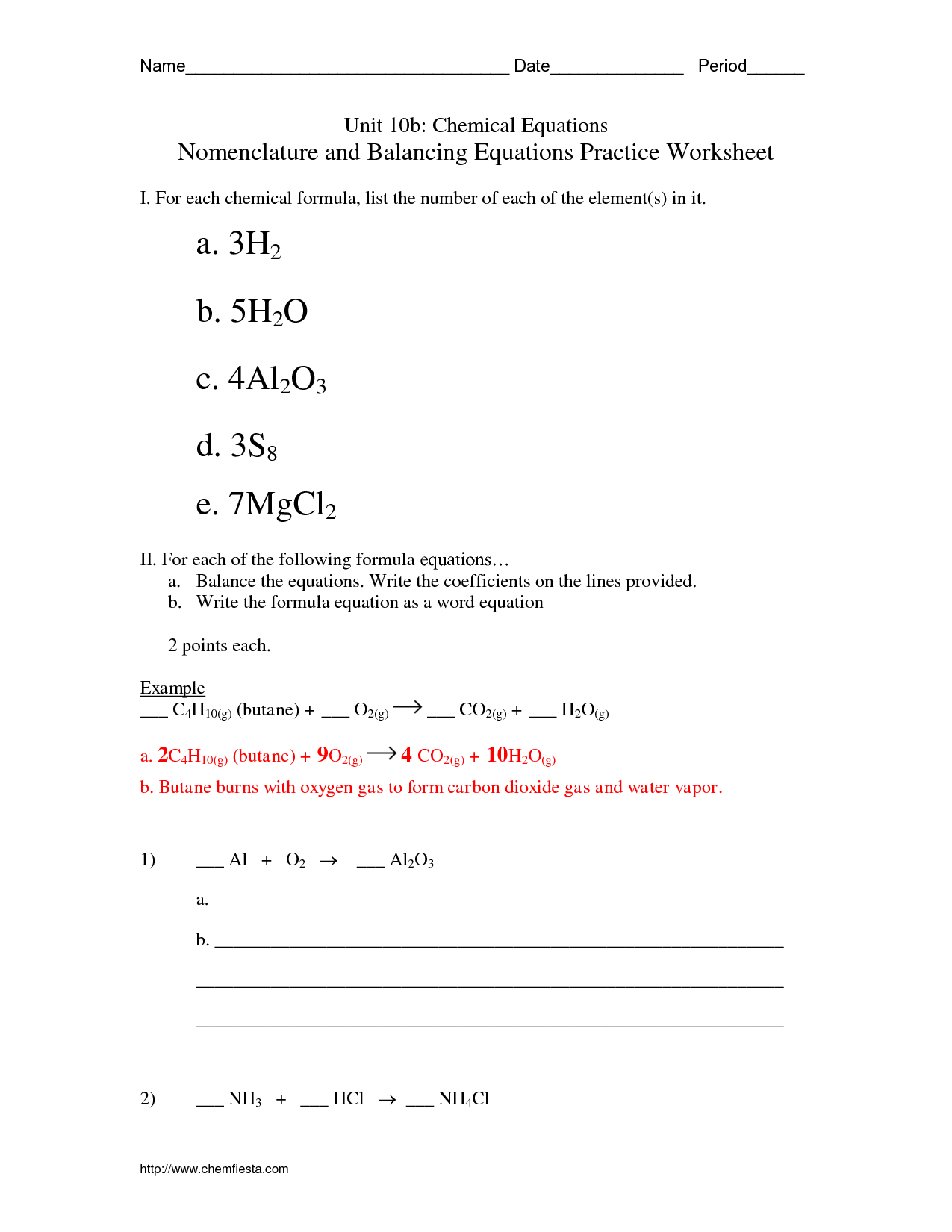
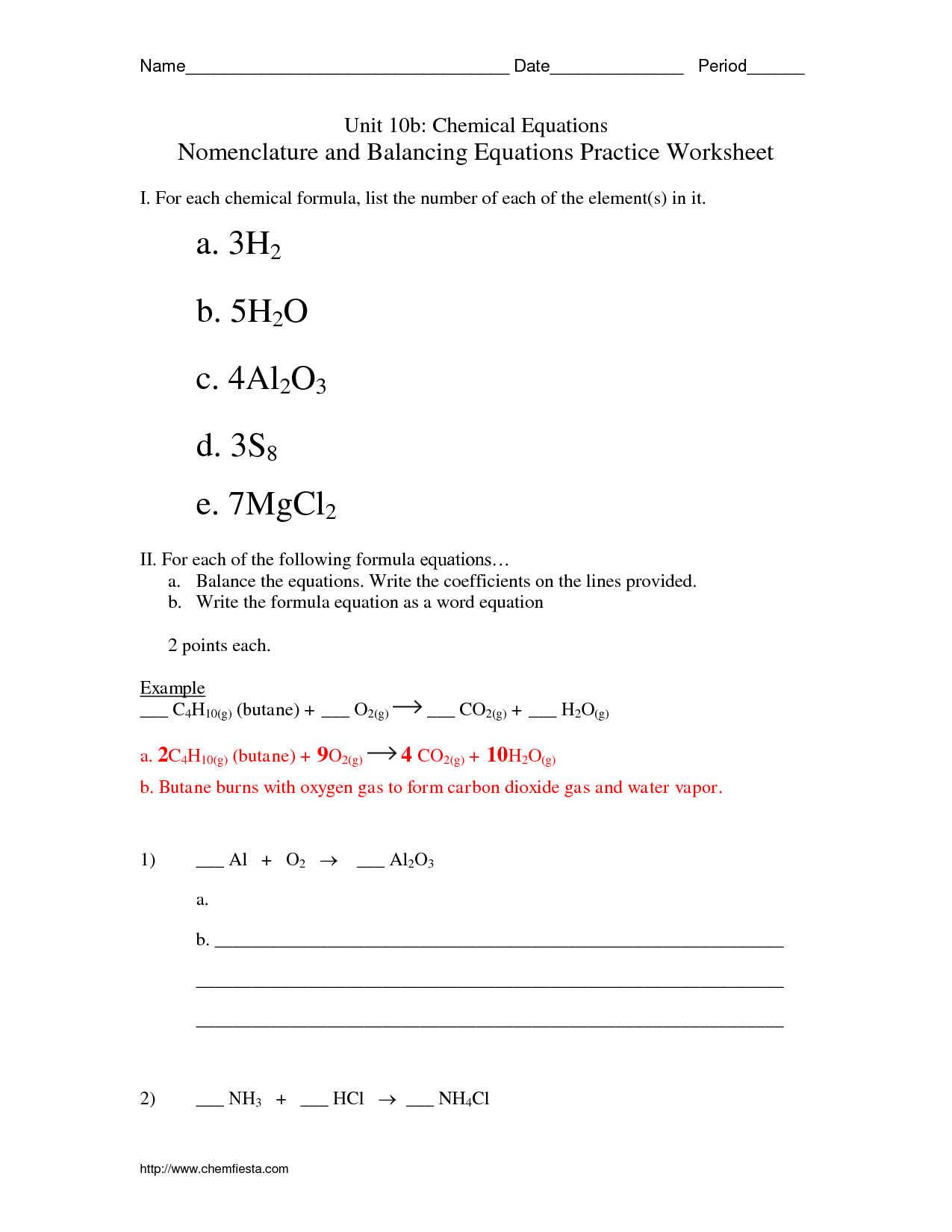
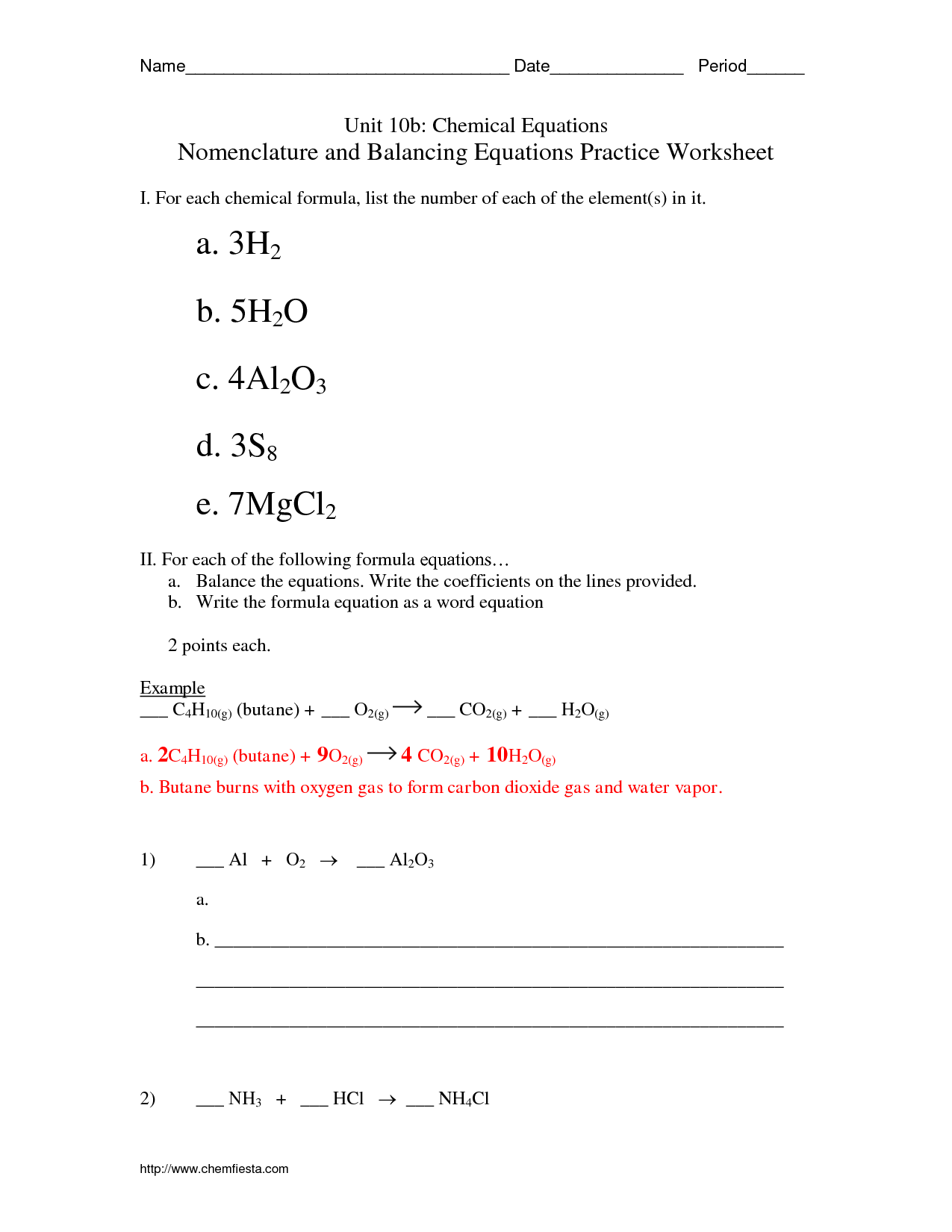
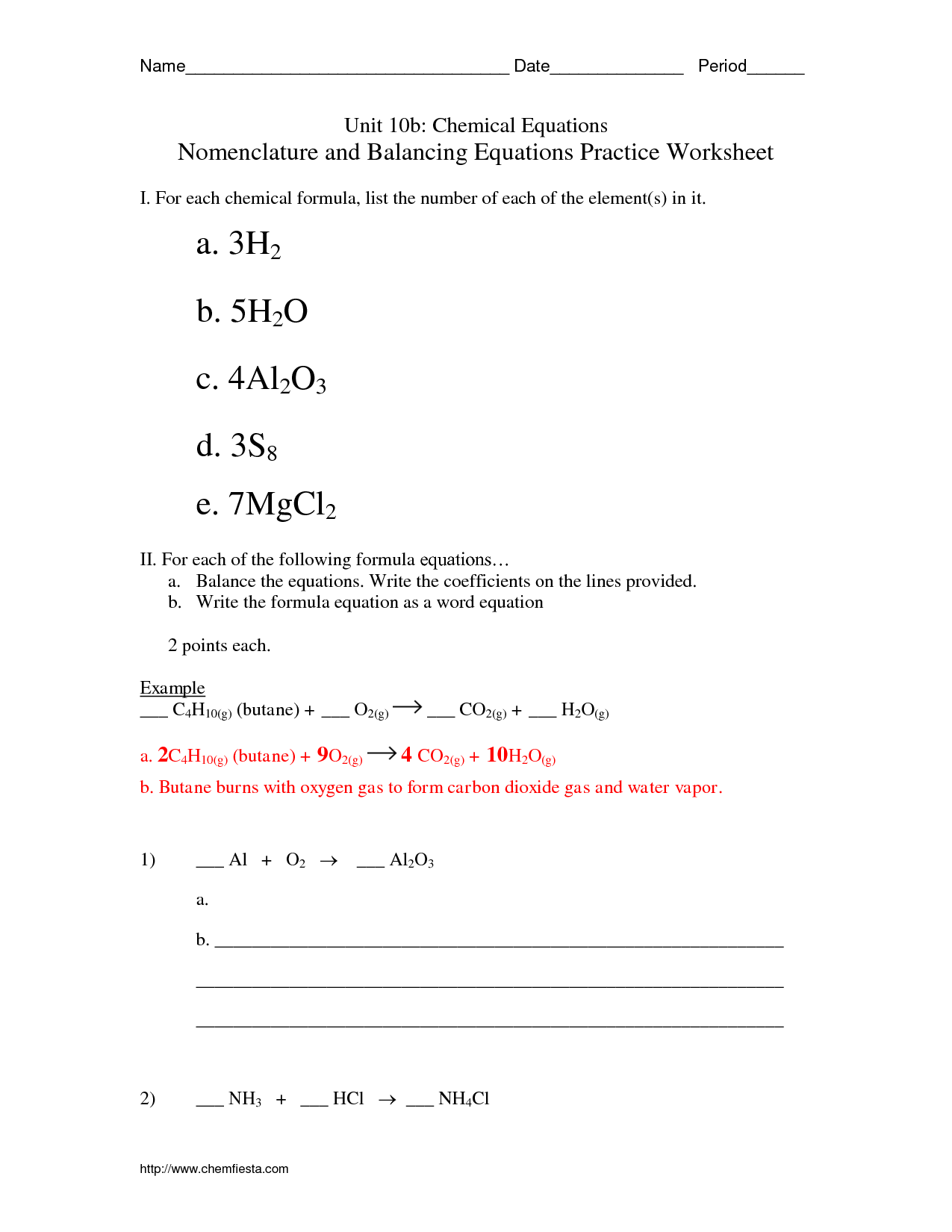
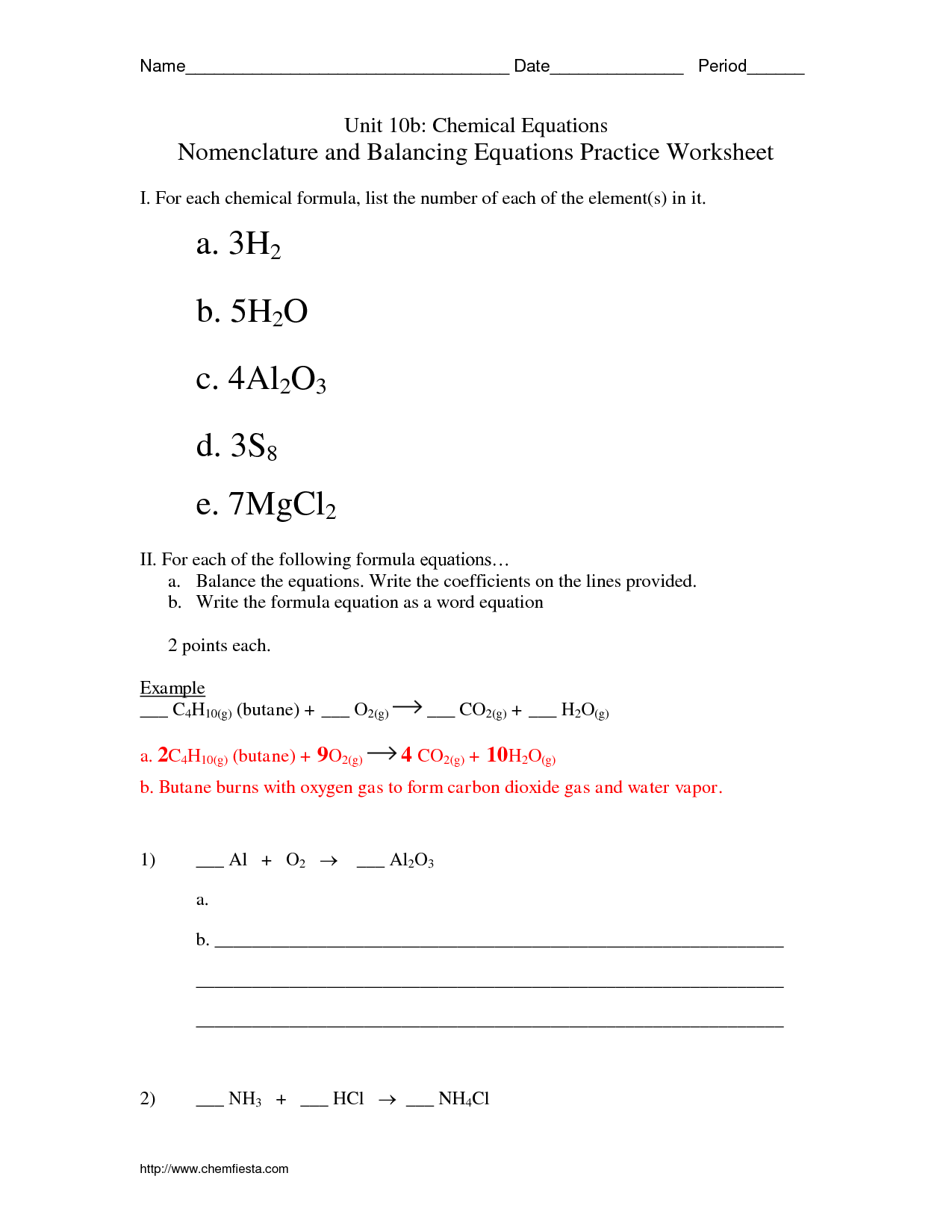
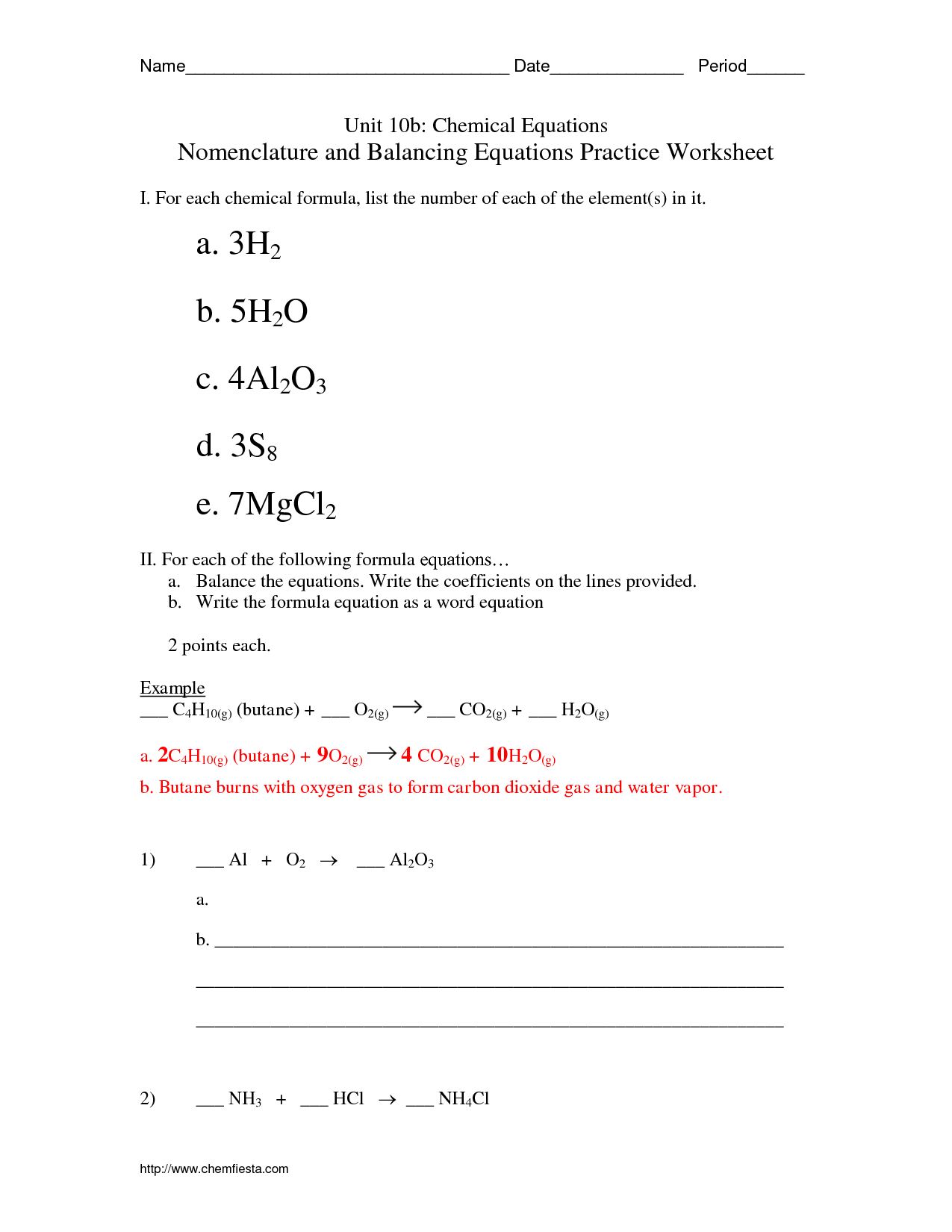
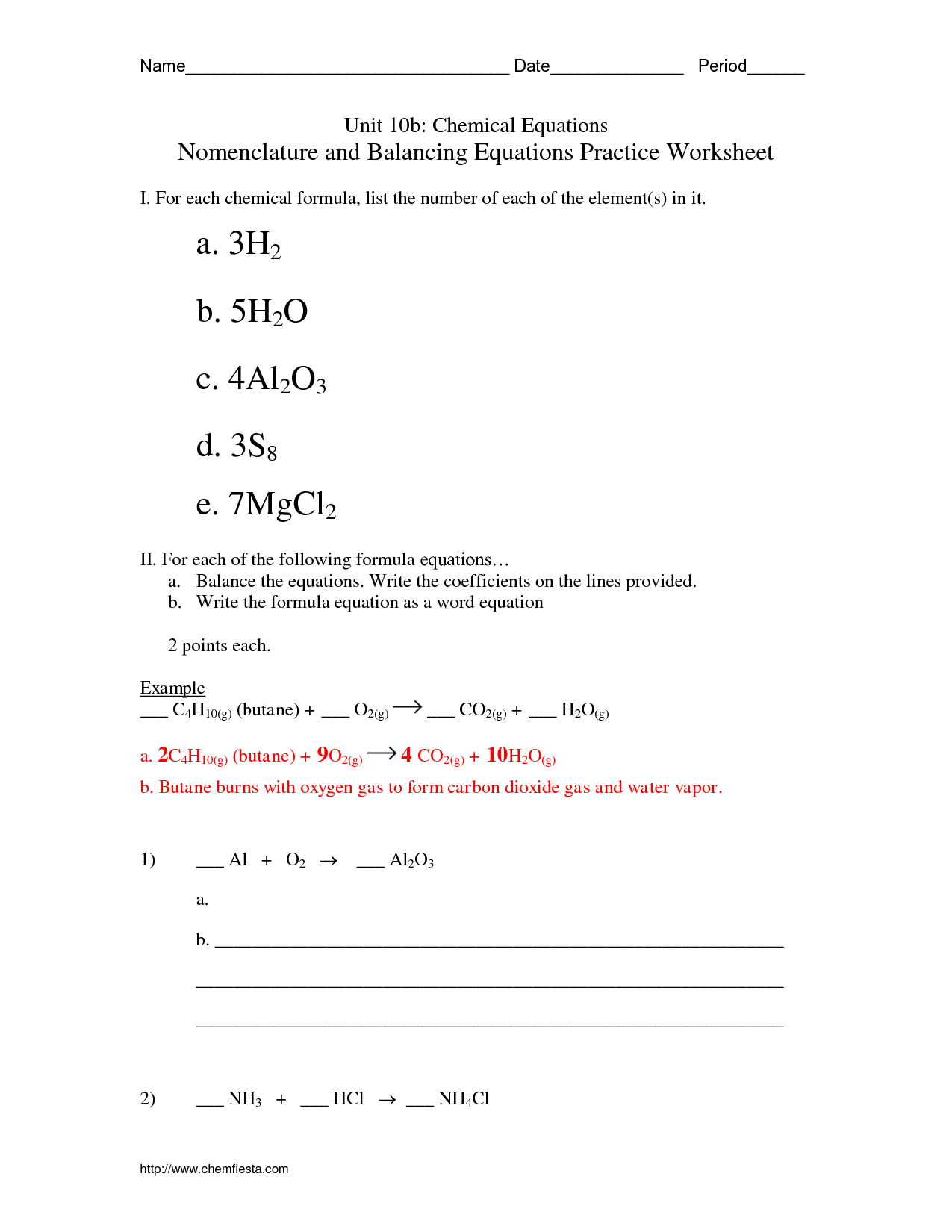
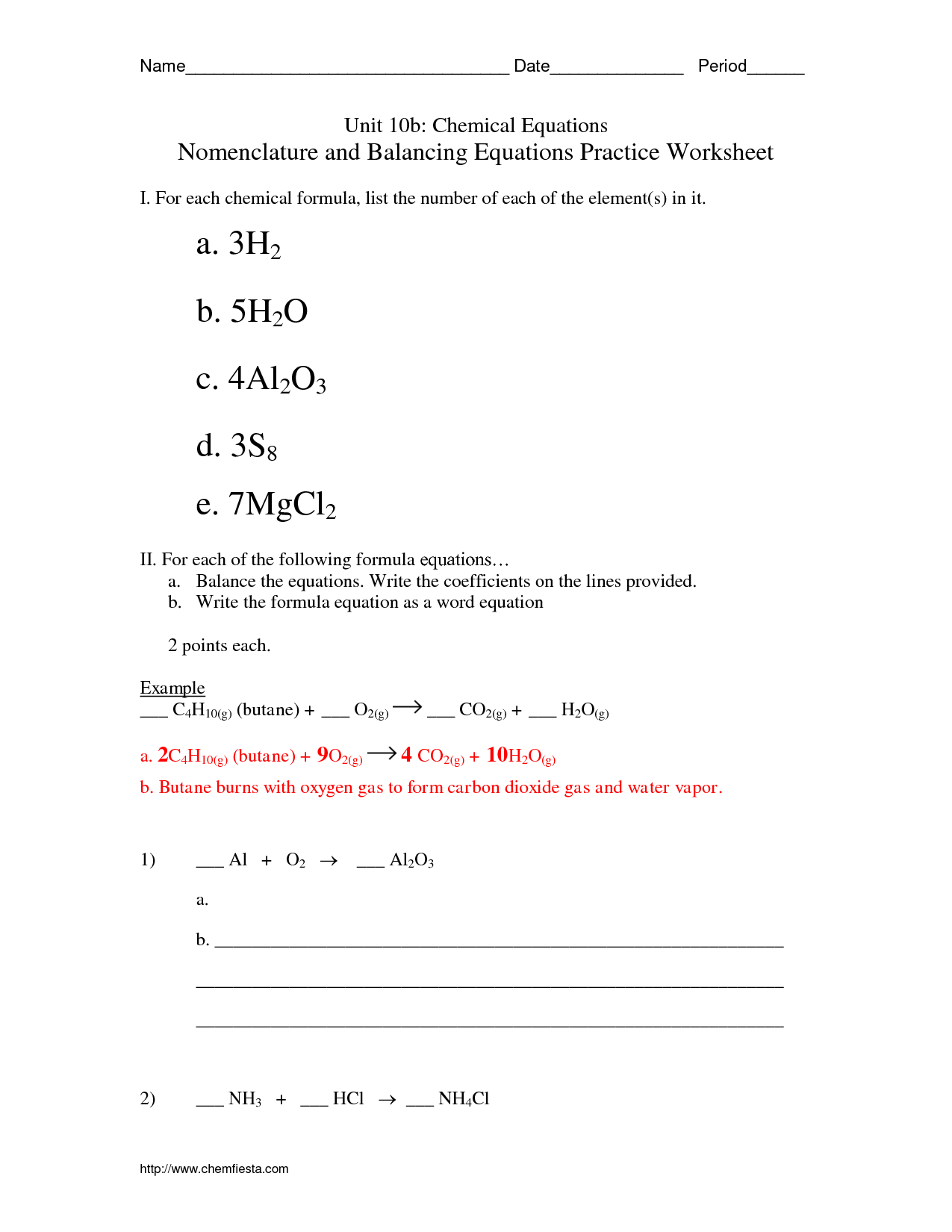
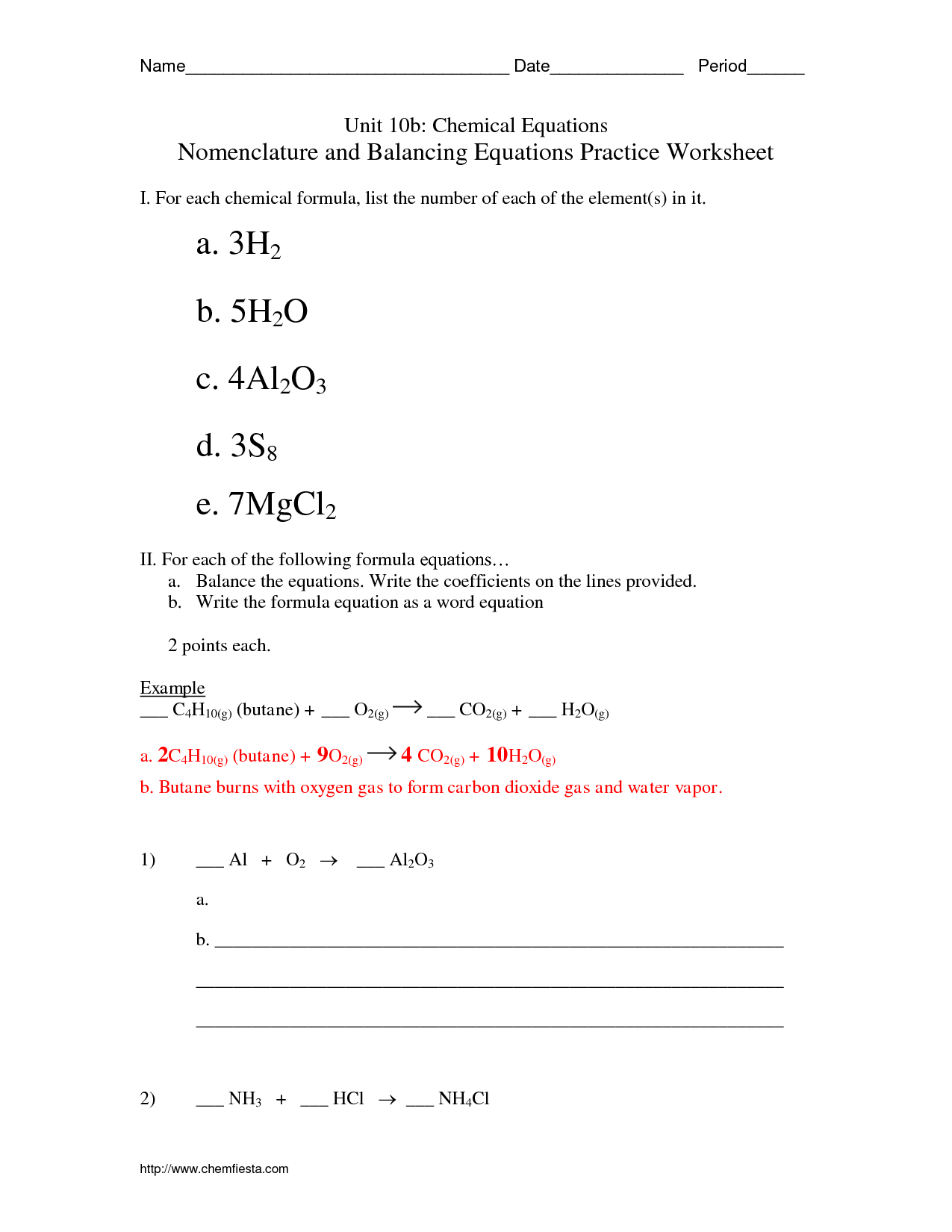
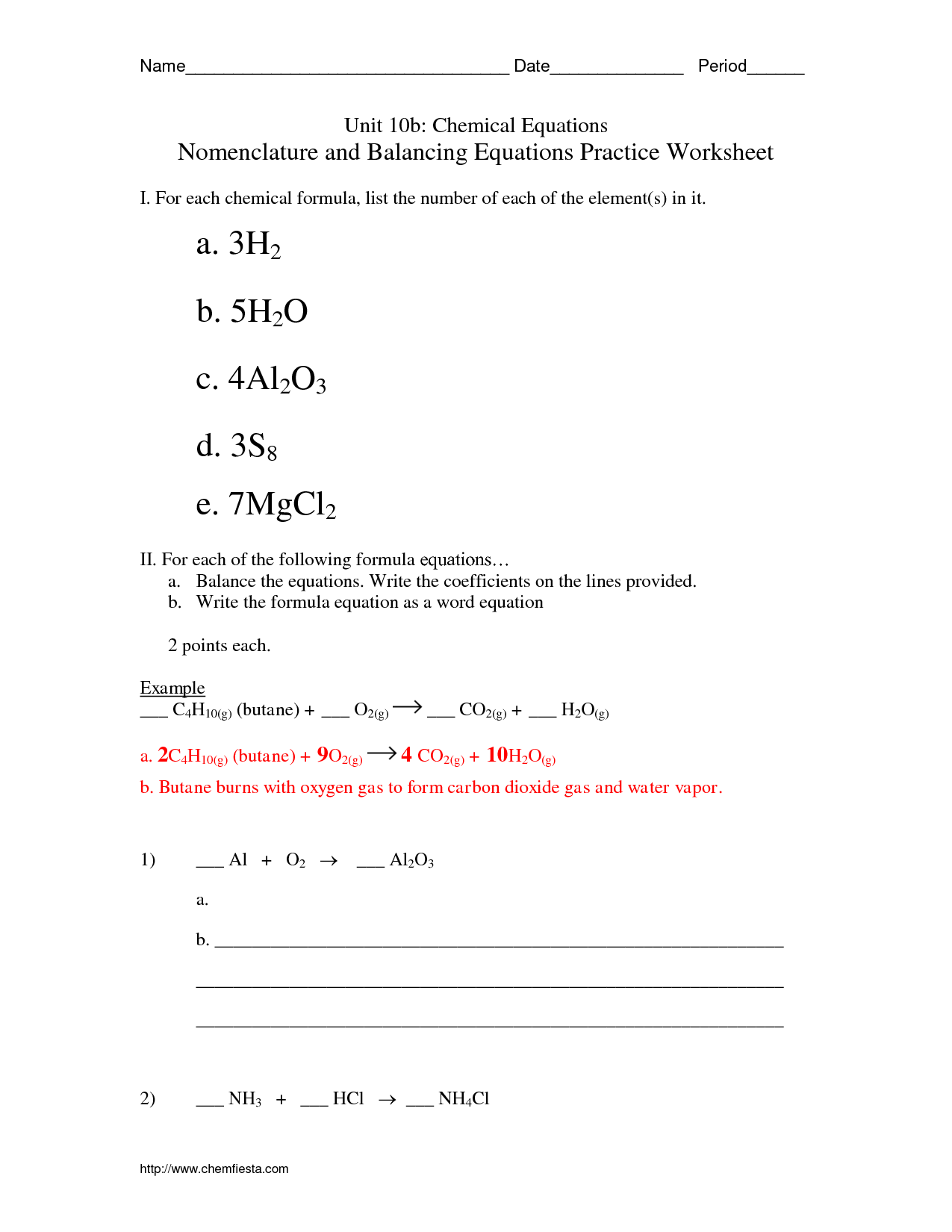
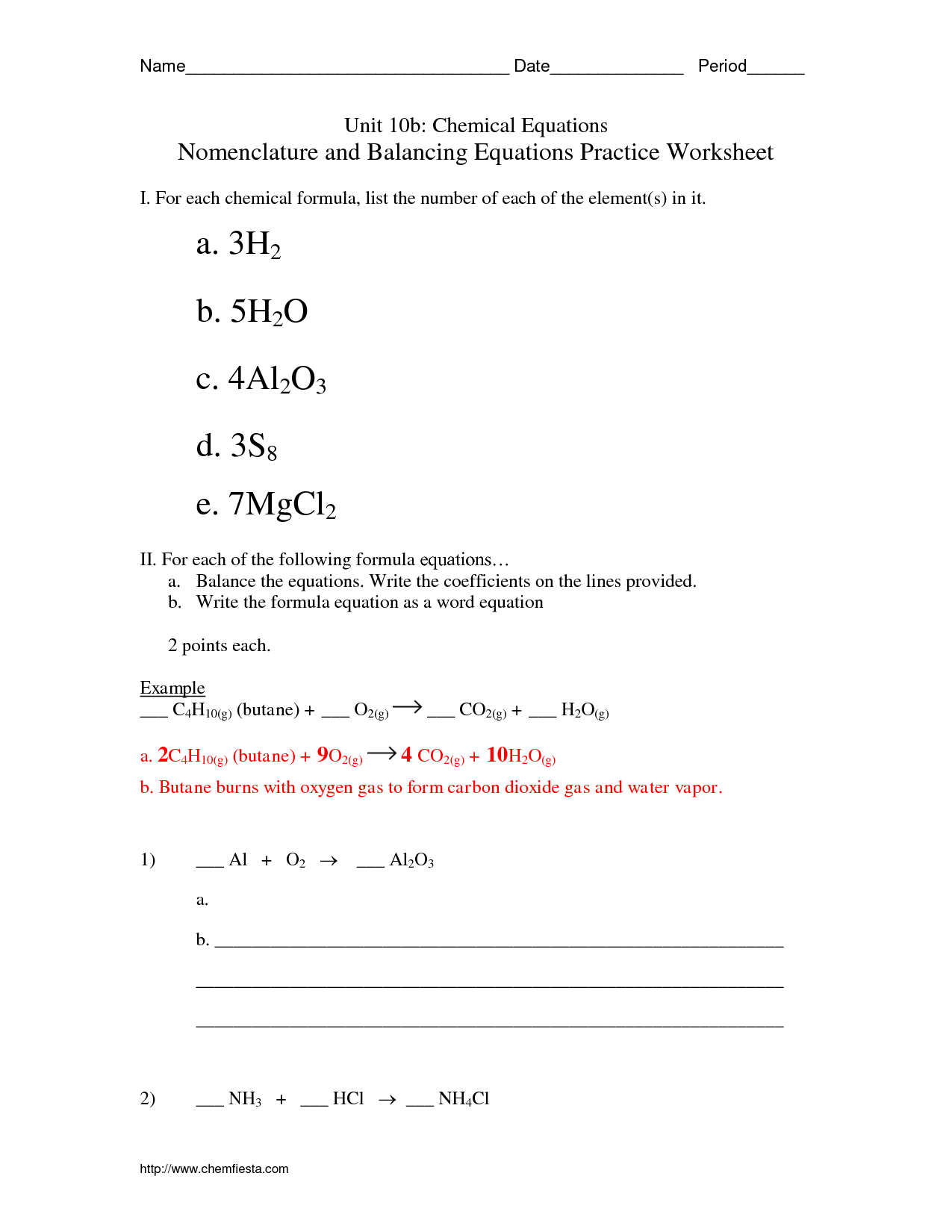
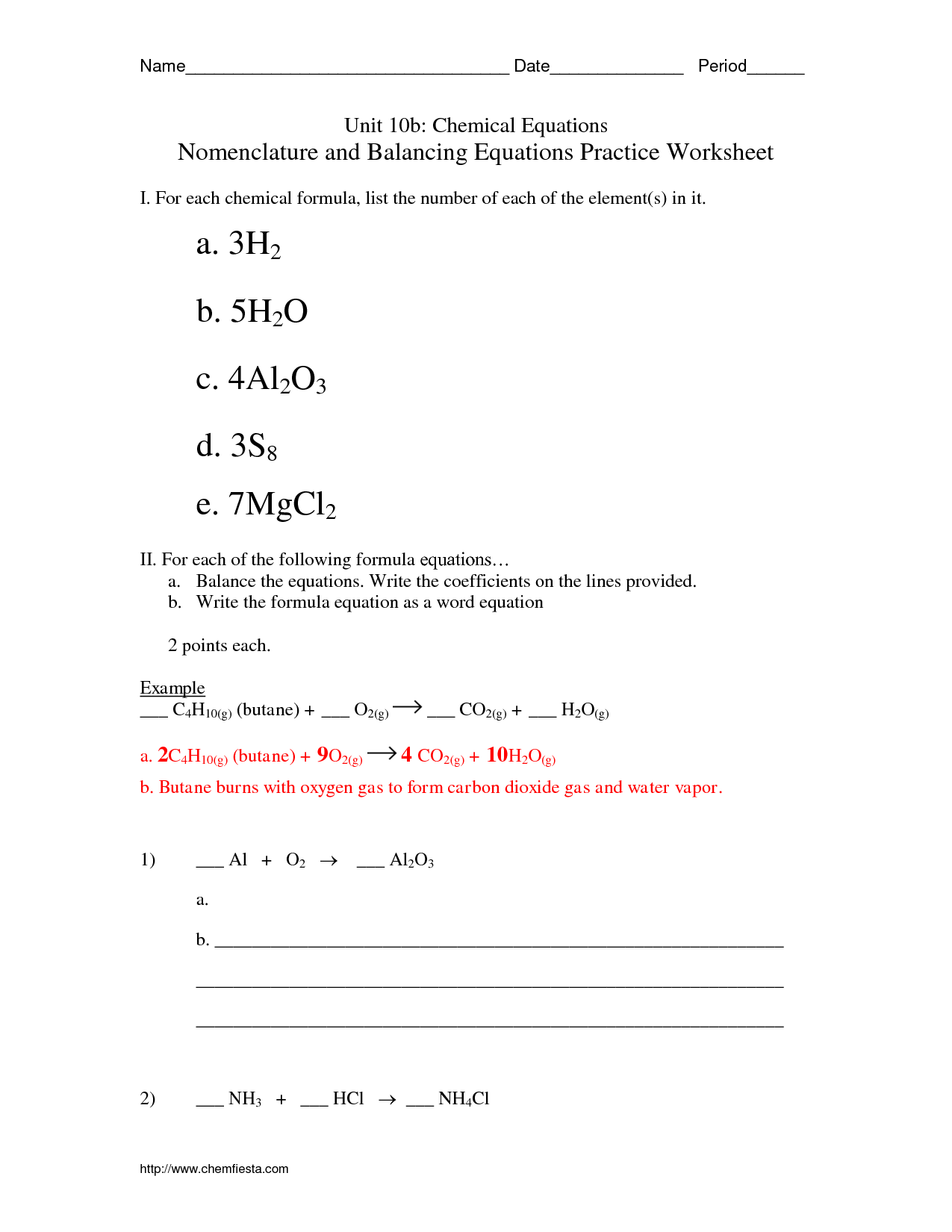
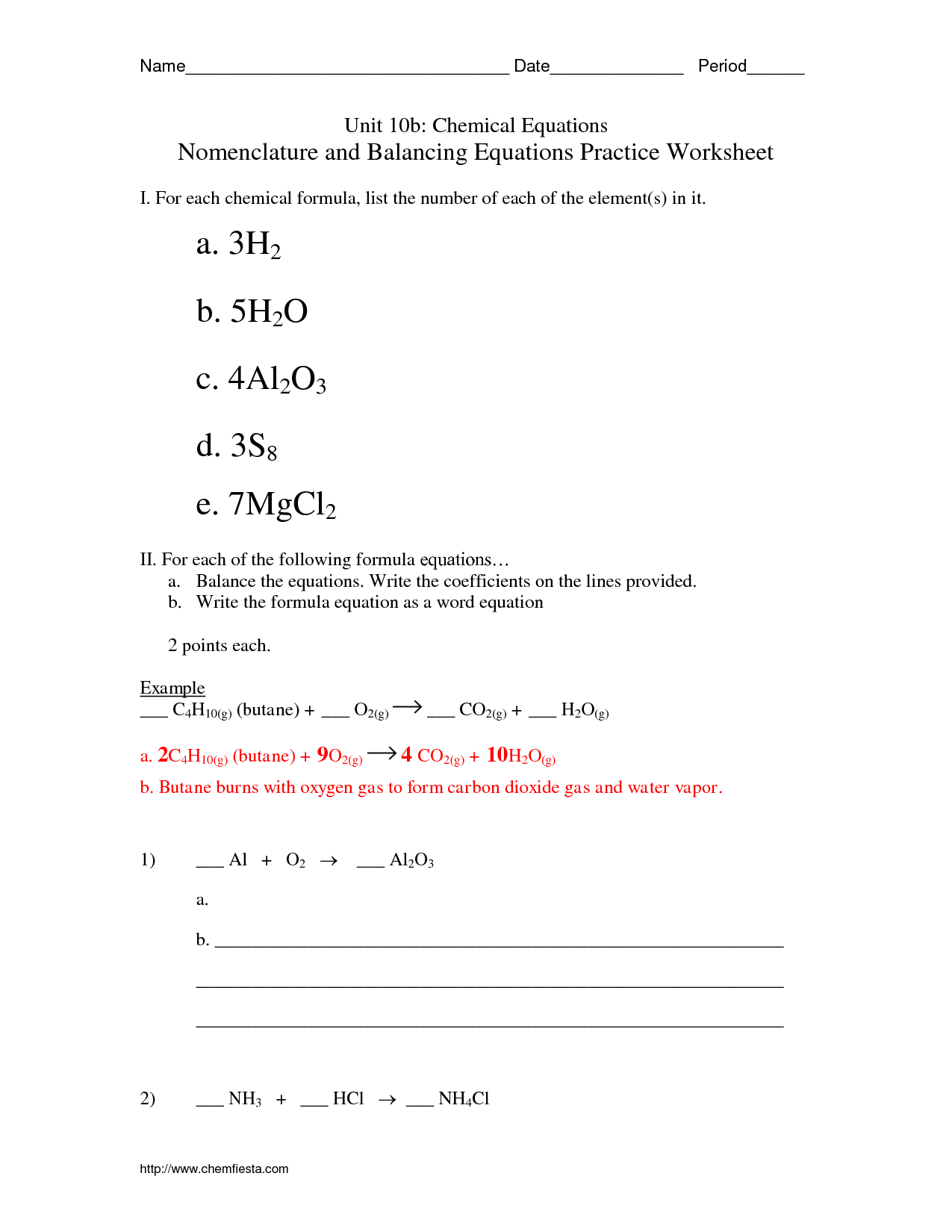














Comments